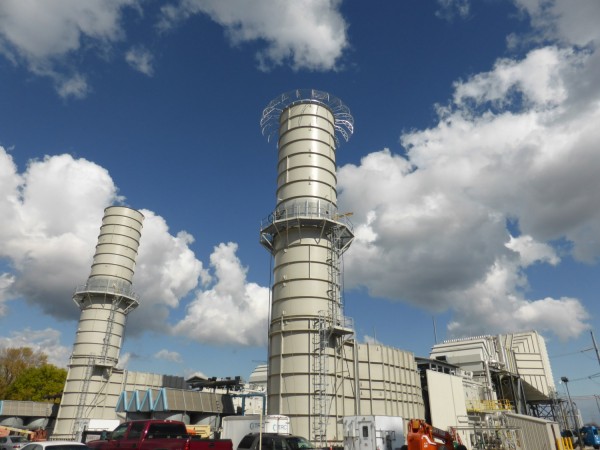- We Prevent Lightning Related Problems.

Lightning Protection: Earthing Facts, Fiction and Function
April 2, 2015
“No Plan at All”! The Most Curious Phenomenon of Industry! – Lightning Protection
May 14, 2015Lightning Protection: The Mysterious Case of Electric Power

Lightning Protection
Lightning Protection Blog
Week 110 | April 23, 2015
Introduction by the LightningDiva@Large
Each year a multitude of electric power facilities are knocked off-line due to lightning. However, this is probably common knowledge, because we have all suffered the consequences. What is less known is that on a bright and sunshiny day when there is no lightning in sight and the power goes out and/or operations shut down that it can also be due to lightning — more accurately the repercussions of previous lightning strikes which occurred months earlier.
Sure, the general population at large accepts the occasional bolt and clap of thunder, then power goes off. But why would a lightning strike from a few weeks or even years back have anything to do with loss of power on a sunny day? There are even times when the electric power companies themselves are left scratching their heads and have no idea what went wrong. People do not realize that not only are there primary effects of a lightning strike (like fire) but secondary effects, such as transient surges and over-voltages, as well. Each time a bolt hits, the electrical current is carried through to ground, the ground potential rise (GPR) and electromagnetic pulse (EMP) can be coupled or transferred through the wires and into the equipment and sensitive electronics of the facility. If not immediately destroyed, every time this happens, degradation occurs and the life of that item is shortened. The same is true at your home. Did you ever wonder why that flat screen television you thought would last 10 years just stopped working? Well, it could be that lightning strike from last summer or two weeks earlier. So why would you want to collect a strike into the ground by using a Franklin Rod?
This occurrence degrades/reduces what is called mean-time-between-failure (MTBF) and it can be extremely costly to electric power providing companies as well as their customers. Therefore it is important for these entities to have lightning protection, and to create a thorough and comprehensive solution which combines lightning protection, with grounding engineering, as well as appropriate surge solutions.
In order to do this properly, electric power companies should not only install lightning protection systems but implement a full and extensive lightning risk mitigation plan, which begins with assessment, perhaps testing, in addition to a customized design unique to the facility, followed by proper installation, and continual maintenance and inspection. This approach can save companies and customers millions of dollars in the long run.
Electric Power and Lightning
Lightning protection performs an important and imperative function in the energy and electric power sectors helping companies avoid the downtime and restoration costs that come with outages. A single outage lasting 1 hour can cost upward of $1 Million not only to the company, but also to its customers depending on the users that are serviced. But sometimes, the initial choice of a lightning protection solution can become the problem when outside or unknown influences are factored in. Weather, particularly lightning is one of the biggest threats to facilities of this type all over the world. Several companies have found that traditional lightning protection tends to create more issues than solutions and have opted to implement a solution based on charge transfer technology.
Whether it is a nuclear power facility such as Browns Ferry or substations, much like those operated at EPB, or a cooperative, such as Tri-State Generation and Transmission Association, the usual protection, like lightning rods and overhead grounding/shield wires, do not do the job. They need assurances and have found that a customized approach, tailored to meet their unique set of circumstances, is more preferable than the standard approach. When utilities or power generation facilities experience adverse operational events and are subsequently knocked offline the cost can be devastating, resulting in the ultimate consequence of death, and/or substantial losses (some of which are outlined in a DOE report on page 3) which can have an impact on customers ranging from thousands of dollars to millions, depending on location and the customers who are impacted.
To learn more about this topic and review several case studies on solutions for electric power facilities download our new paper: “The Case of Lightning Protection Solutions for Electric Power Facilities” by Lee Howard, Program Manager Engineering Services and R & D; Brian Daugherty, Sr. Solutions Specialist and JoOnna Silberman, Marketing Coordinator at Lightning Eliminators.
Click here to download “The Case of Lightning Protection Solutions for Electric Power Facilities”
If you have any lightning stories you would like to share with us, positive or negative and/or if you have any questions or need additional information please feel free to contact me at LightningDiva@lecglobal.com
Be careful out there! Visit www.lightningprotection.com for all your lightning protection needs. Follow us on Twitter, Facebook and LinkedIn for more information and updates as well as some great photos.

